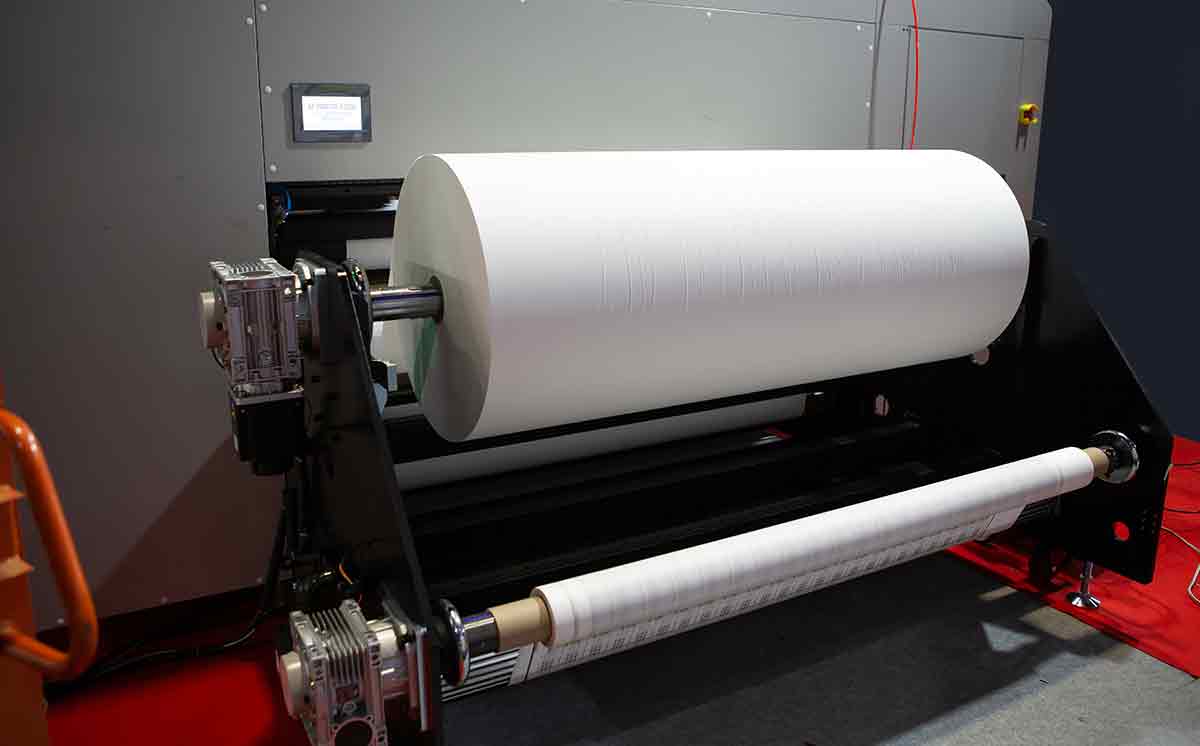Introduction
In the world of offset printing, selecting the right paper is crucial for achieving exceptional print quality. The paper you choose not only affects the visual appeal of your final product but also plays a significant role in how ink is absorbed and retained. This article explores the key factors to consider when choosing the best paper for offset printing.
1. Paper Weight
One of the primary considerations is paper weight. The weight of the paper determines its thickness and durability. It is typically measured in grams per square meter (gsm) or pounds (lb). Heavier weights, such as 250 gsm or 100 lb, are ideal for products that require sturdiness, like business cards or packaging. Lighter weights, such as 80 gsm or 20 lb, are suitable for items like letterheads and brochures.
2. Paper Finish
The finish of the paper impacts both the look and feel of the final printed piece. There are various finishes available, including:
2.1 Glossy Finish
Glossy papers have a shiny and smooth surface that enhances the vibrancy and richness of colors. They are perfect for high-resolution images and photographs, making them an excellent choice for marketing materials.
2.2 Matte Finish
Matte papers have a non-reflective surface, providing a more subtle and sophisticated look. They are a popular choice for business documents, reports, and booklets.
2.3 Satin Finish

Satin papers offer a balance between glossy and matte finishes. They have a slight sheen that adds a touch of elegance to printed materials. Satin finishes are often used for brochures and catalogs.
3. Paper Brightness
Paper brightness refers to the amount of light reflected off the paper’s surface. Higher brightness levels result in sharper and more vibrant prints. Look for papers with brightness ratings above 90 for optimal print quality.
4. Paper Texture
The texture of the paper can add a unique touch to your printed materials. Common textures include smooth, linen, and laid. Smooth papers work well for designs with fine details, while linen and laid textures add a subtle elegance. Consider the overall aesthetic you want to achieve when selecting the paper texture.
5. Paper Opacity
Opacity refers to the paper’s ability to prevent show-through from printing on the reverse side. Higher opacity levels are essential when printing double-sided materials to ensure the text or images do not bleed through. Look for papers with opacity ratings above 90% for optimal results.
6. Paper Grain
Paper grain refers to the alignment of fibers within the paper. Offset papers come in two grain directions: long grain and short grain. Long grain papers have fibers parallel to the longer dimension of the sheet, while short grain papers have fibers parallel to the shorter dimension. It is crucial to select the appropriate grain direction based on the folding and binding requirements of your printed piece.
7. Paper Environmental Impact
With growing environmental awareness, choosing eco-friendly paper has become increasingly important. Look for papers made from sustainable sources, such as recycled or FSC-certified papers. These options minimize the negative impact on the environment and help preserve our natural resources.
8. Paper Cost
Finally, consider your budget when selecting the best paper for offset printing. Premium papers may come at a higher cost but can significantly enhance the overall look and feel of your printed materials.
Summary
Choosing the best paper for offset printing is vital to ensure the desired print quality and visual appeal of your marketing materials. To summarize, here are the key points to consider:
- Type of Paper: Determine whether you need coated or uncoated paper based on the desired texture and finish.
- Paper Weight: Consider the weight of the paper depending on the durability required for your printed material.
- Paper Finish: Evaluate different finishes like gloss, matte, or satin to achieve the desired look and feel of your printed piece.
- Color and Brightness: Opt for paper that enhances the colors and maintains high brightness to make your design elements pop.
- Environmental Sustainability: Look for eco-friendly paper options that align with your company’s commitment to sustainability.
By considering these factors and understanding the unique requirements of your project, you can select the best paper for offset printing. Remember, the right paper choice can make a significant difference in the visual impact and perceived value of your printed materials.
- Q: What are the factors to consider when choosing the best paper for offset printing?
A: There are several factors to consider, such as paper weight, brightness, opacity, finish, and sustainability. - Q: What is paper weight and why is it important?
A: Paper weight refers to the thickness of the paper. It is important because it affects the durability, appearance, and cost of the printed materials. - Q: What is paper brightness and why does it matter?
A: Paper brightness refers to how much light the paper reflects. Higher brightness levels result in better contrast and vibrant colors in printed materials. - Q: What is paper opacity and why is it important?
A: Paper opacity refers to the paper’s ability to prevent show-through of printed images or text from the other side. Higher opacity is preferred to avoid any unwanted transparency. - Q: What are the common paper finishes used in offset printing?
A: Common paper finishes include gloss, matte, and uncoated. Glossy paper offers a shiny appearance, matte has a non-reflective surface, and uncoated provides a natural look and feel. - Q: Why is sustainability an important consideration?
A: Sustainable paper options contribute to minimizing environmental impact and promote responsible printing practices. Choosing eco-friendly papers helps reduce deforestation and waste generation.


